________________________________________________________________________________
Compact Track Loaders / Caterpillar Compact Track Loaders / Cat 247BCaterpillar 247B Track Loader Troubleshooting
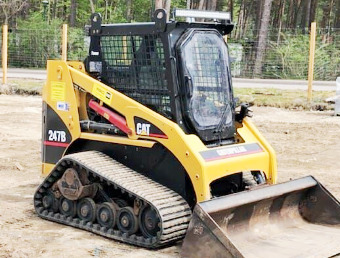
The Cat 247B multi-terrain loader driveline system components: a 134.1 cu.in (2.2L) Cat 3024CT 4-cycle 4-cylinder direct injection turbocharged diesel engine with a rated power of 57 hp (43 kW), and single-speed hydrostatic transmission. The hydraulic system has a pump with a rated flow of 15.6 gpm (60 lpm). The system pressure is 3335 psi (230 bar). The Caterpillar 247B is equipped with vertical-lift loader boom, positive track drive, and 15" (380 mm) rubber track undercarriage. The loader has a boom lift force of 3127 lbs (1418 kg) and bucket breakout force of 3734 lbs (1694 kg). The rated operating capacity is 1367 lbs (620 kg), and tipping load is 3900 lbs (1770 kg).
Engine Troubleshooting
Diesel hard to start or doesn't start
Air in the fuel pipes - Bleed the fuel pipes.
Fuel filter plugging - Replace the filter element.
Fuel injection nozzles are faulty or clogged - Install a new kit of correctly balanced nozzles.
Dirt or water in fuel system - Drain water or flush dirt from the system.
The valve clearance is not adjusted - Correct valve clearance needs to be set.
Fuel injection pump is defective - Replace injection pump or repair it.
Engine starts but immediately stalls
Plugged air filter - Clean or change filter.
Fuel filter element clogging - Change filter element.
Problems with fuel injection pump tightness - Inspect fuel injection pump for leaks.
Fuel injectors are faulty or clogged - Replace or clean fuel injectors.
Defective fuel injection pump - Repair or replace injection pump.
Engine stalls after running
Engine is not fully warmed up - Warm up the engine as required.
Fuel filter element is clogged - Service or replace the filter.
Air trapped in fuel system - Bleed air.
Defective or clogged injection nozzle - Clean or replace injection nozzles.
Improper setting of fuel injection pump timing - Adjust fuel injection pump as required.
Engine stops while idle
Wrong adjustment of low idle speed - Correct the settings.
Damaged fuel injection pump - Repair or change injection pump.
Dirty or defective injectors - Test and replace fuel injectors if necessary.
Improper valve clearance - Adjustment procedure required.
Engine loses power
Plugged air cleaner - Clean or change cleaner.
Defective or clogged injection nozzle - Change fuel injection nozzles.
Improper fuel injection pressure - Adjust pressure to proper level.
Excessive valve clearance - Adjust valve clearance.
Low idle speed setting is not correct - Correct the settings.
Fuel hoses or lines are clogged - Clean fuel system lines and hoses.
Cylinder head gasket is worn - Replace the gasket as required.
Damaged or leaking piston rings - Replace piston rings.
Engine overheats
Insufficient coolant - Add coolant fluid and inspect the cooling system for leaks.
Not enough engine oil - Fill up the engine oil.
Radiator fins are dirty or radiator cap is defective - Clean radiator or change cap.
Fan belt slipping or worn - If necessary, replace the belt.
Engine overloaded - Reduce load on the engine.
Oil pressure is insufficient
Oil level is low - Check oil level and add oil as required.
Clogged oil filter element - Service or change engine oil filter element.
Oil grade or viscosity is wrong - Use the specified type of engine oil.
Crankshaft bearing oil clearance is excessive - Bearings need to be reinstalled.
Oil pump is damaged - Check and replace if necessary.
Engine knocks or noises
Engine oil insufficient - Fill the crankcase with engine oil.
Engine is not fully warmed up - Warm up to required temperature.
Fuel injection pump timing is not adjusted - Set up as recommended.
Too low idle RPM - Normalize low idle speed.
Defective fuel injectors - Test and replace fuel injectors if necessary.
Connecting rod is defective or misaligned - Replace or align connecting rod.
Piston wear or scoring - Install new pistons.
Drive system doesn't function in one direction or either direction
Insufficient hydraulic oil - Need to add oil.
Undercarriage tracks are jammed or defective - Remove jamming or repair tracks.
Relief valve malfunction - Repair or change.
Hydraulic filter or suction line is clogged - Service suction line or replace hydraulic filter.
Foot or hand controls are faulty - Repair or change.
Defective drive pump or motor - Repair or replace faulty component.
Machine won't move straight or moves jerky
Track mechanism is defective or jammed - Repair or remedy jamming.
Tracks are faulty or loose - Replace tracks or adjust track tension.
Debris, dirt, or foreign objects jammed in undercarriage track frame - Clean track frame, remove debris and foreign objects.
Reduced power
Plugged hydraulic oil filter - Replace hydraulic filter.
Defective or open relief valve - Change or close relief valve.
Worn or faulty transmission components - Check and replace defective components.
Worn input drive shaft - Repair or replace faulty drive shaft.
Air in hydraulic system - Air bleeding is required.
Drive system overheating
Low hydraulic oil level - Check and refill the hydraulic oil.
Hydraulic fluid filter is plugged - Replace or service hydraulic filter.
Relief valver is broken - Relief valve need to be replaced or repair.
Damaged drive pump or hydraulic motor - Check and repair if required.
Hydraulic oil cooler is dirty - Clean cooling fins as required.
Overloaded drive system - Reduce loading.
Excessive noise
Incorrect oil viscosity - Use the specified type of oil.
Air leaks in hydraulic system - Air bleeding is required.
Hydraulic motor or drive pump failure - Inspect and replace as necessary.
Worn or damaged mechanical components of drive system - Inspect drive system and replace faulty parts.
Hydraulic system overheating
Hydraulic pressure is incorrect - Correct adjustment is required.
Misadjusted or defective main relief valve - Adjust or change relief valve.
Contaminated hydraulic oil - Fill up with fresh hydraulic oil.
Lack of hydraulic oil - Add oil to the hydraulic system.
Defective hydraulic pump - Replace or repair pump if necessary.
Boom fails to lift or drop
Lift controls are faulty - Replace or repair.
Hydraulic pump not working - Replace or repair pump if necessary.
Hydraulic control valve failure - Install a new valve or repair it.
Hydraulic cylinder failure - Replace or repair boom cylinder.
Hydraulic fluid level low - Add fluid as required.
Bucket tilt does not work
Bucket tilt controls are damaged - Inspect and repair if necessary.
Hydraulic pump malfunction - Replace or repair pump if necessary.
Hydraulic control valve malfunction - Repair or replace the valve.
Defective bucket cylinder - Repair or replace cylinder.
Hydraulic oil is insufficient - Checking hydraulic oil level and add if necessary.
Bucket or lift arm functions slowly
Faulty hydraulic oil pump - Check the pump capacity and replace pump if required.
Oil leaks from hydraulic cylinder - Change cylinder piston seals.
Hydraulic fluid level low - Fill the system to proper hydraulic fluid level.
Hydraulic control valve is unadjusted or worn - Adjust correctly or repair.
Hydraulic pressure is low - Correct adjustment is required.
Lift arm or bucket jerks when working
Air trapped in hydraulic system - Bleed air from system.
Hydraulic oil filter element is clogged - Clean or install new filter.
Contaminated hydraulic fluid - The fluid must be changed.
Cylinder rod or tube is scuffed - Replace damaged component.
Hydraulic pump makes excessive noise
Insufficient oil level or leaking hydraulic system - Refill hydraulic oil or repair leaks in system.
Hydraulic filter is dirty - Change or clean oil filter.
Suction line is dirty - Suction line must be serviced.
Air trapped in hydraulic pump - Bleed air from hydraulics.
Pump components are worn out - Rebuild or install new pump.
Battery won’t charge
Electrical cable connections are corroded or loose - Clean or tighten wiring connections.
Battery terminal clamps are defective - Replace terminal clamps.
Battery is worn - Battery replacement required.
Belt is worn or loose - Install a new belt or adjust belt tension.
Starter cranks slow
Low battery power - Charge the battery.
Battery drains quickly - Service battery or change it.
Corroded battery terminals or disconnected wires - Check wiring connections and replace or clean terminals.
Starter will not work
Battery is low or faulty - Recharge or replace battery.
Disconnected or incorrectly connected wires - Inspect battery wires and connect correctly.
Low battery voltage - Low battery charging, charge as required.
Damaged starter motor - Replace or repair starter.
________________________________________________________________________________
________________________________________________________________________________________
| BOBCAT SKID STEER AND COMPACT TRACK LOADERS |
________________________________________________________________________________________
________________________________________________________________________________________
________________________________________________________________________________________
________________________________________________________________________________________
| GEHL SKID STEER AND COMPACT TRACK LOADERS |
________________________________________________________________________________________
________________________________________________________________________________________
________________________________________________________________________________________
| CASE SKID STEER AND COMPACT TRACK LOADERS |
________________________________________________________________________________________
________________________________________________________________________________________
________________________________________________________________________________________
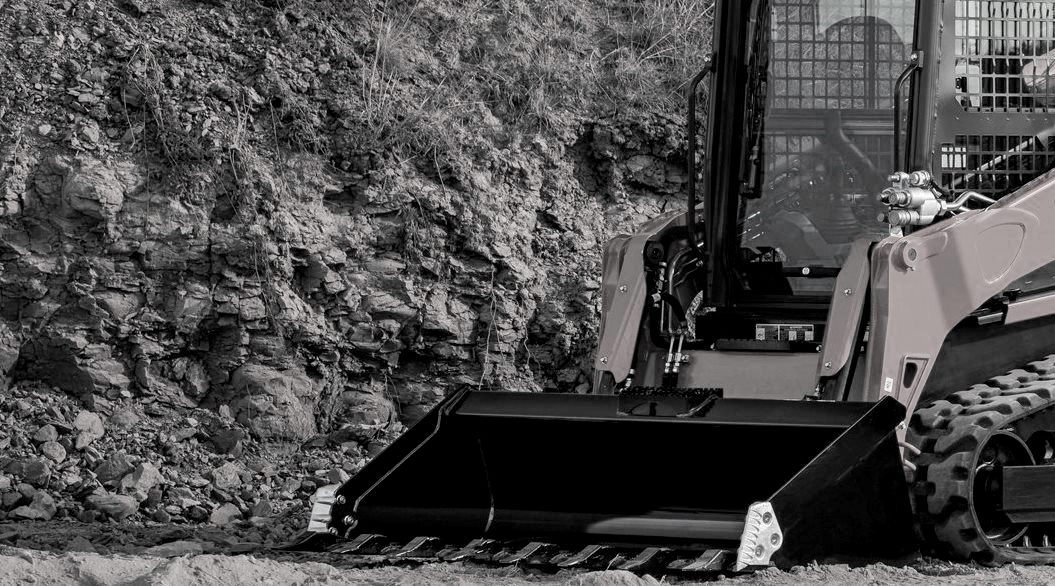
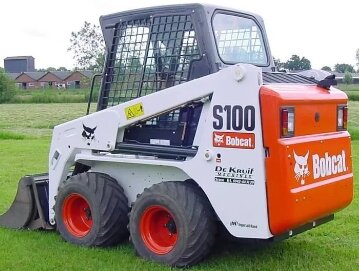 S100
S100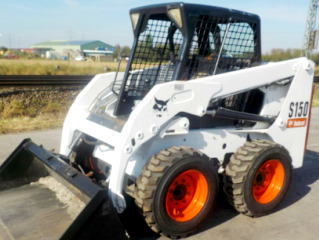 S150
S150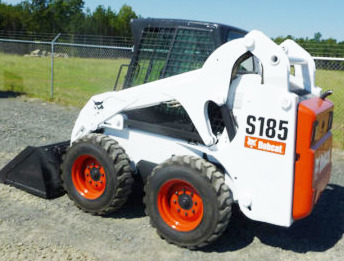 S185
S185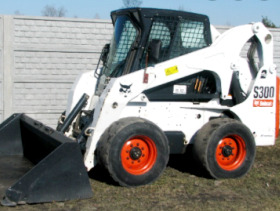 S300
S300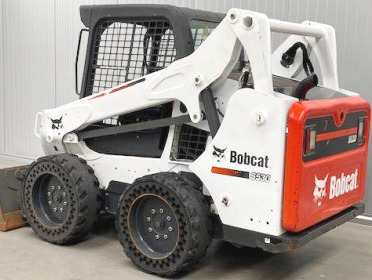 S530
S530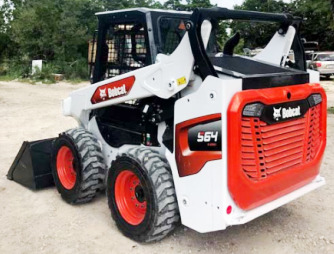 S64
S64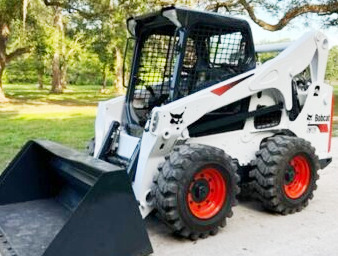 S740
S740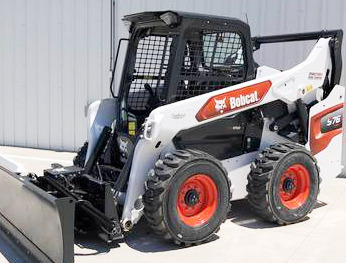 S76
S76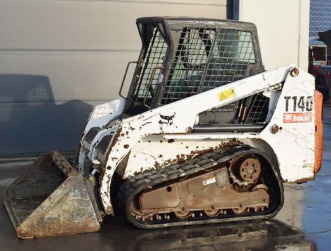 T140
T140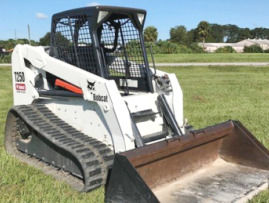 T250
T250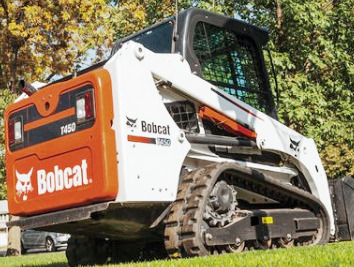 T450
T450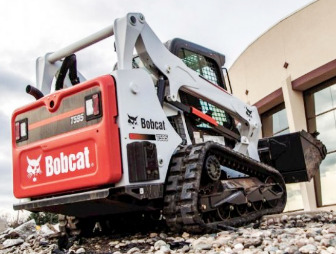 T595
T595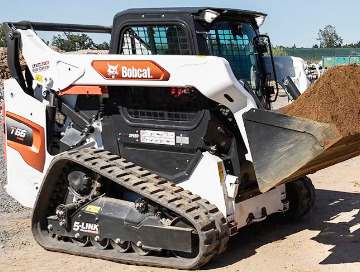 T66
T66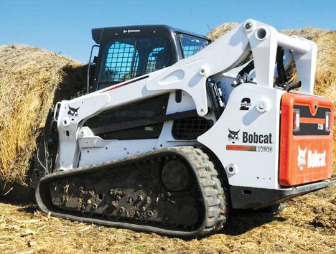 T750
T750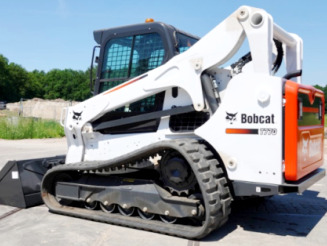 T770
T770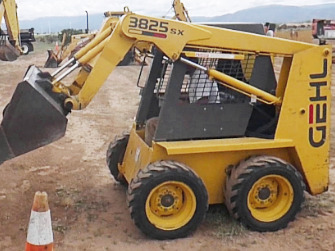 3825SX
3825SX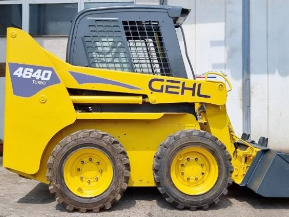 4640
4640 5625DX
5625DX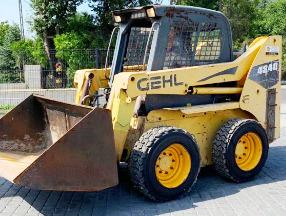 4840E
4840E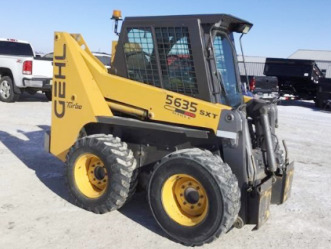 5635SXT
5635SXT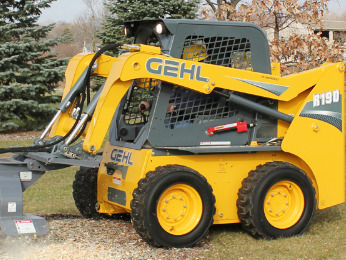 R190
R190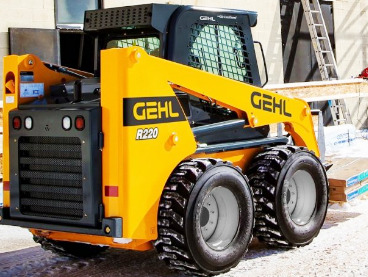 R220
R220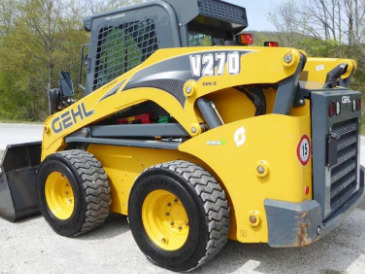 V270
V270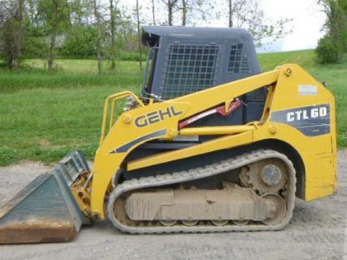 CTL60
CTL60 CTL75
CTL75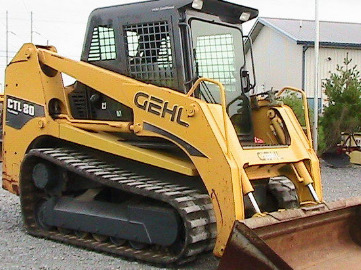 CTL80
CTL80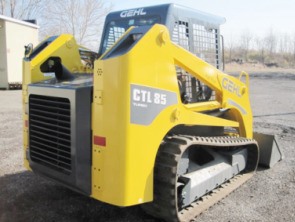 CTL85
CTL85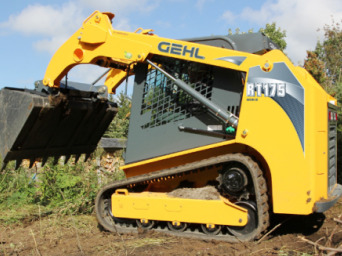 RT175
RT175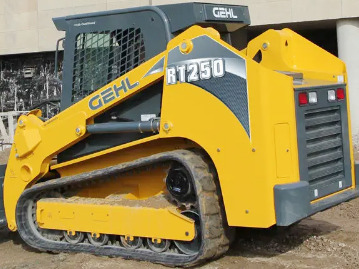 RT251
RT251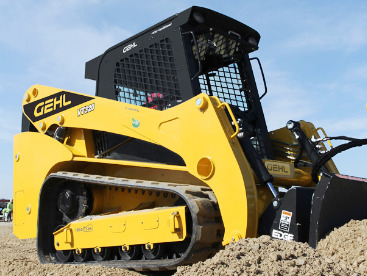 VT320
VT320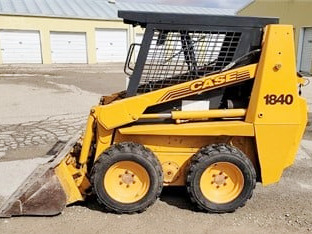 1840
1840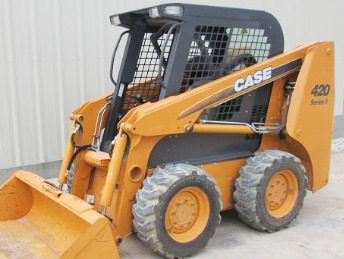 420
420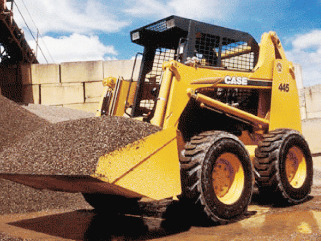 445
445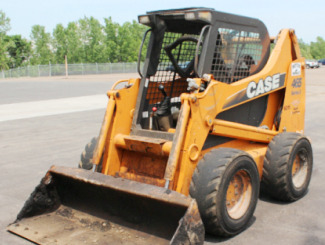 465
465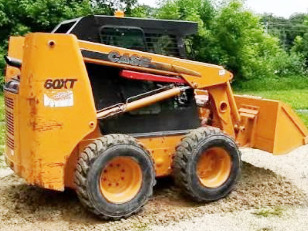 60XT
60XT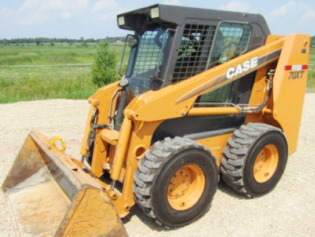 70XT
70XT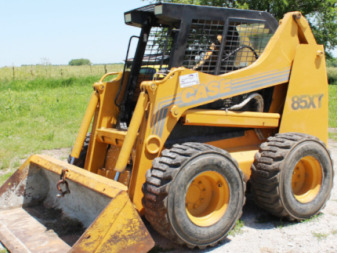 85XT
85XT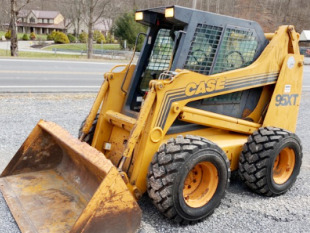 95XT
95XT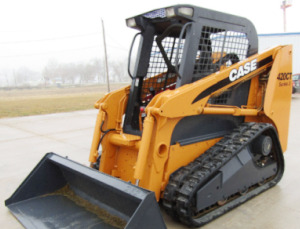 420CT
420CT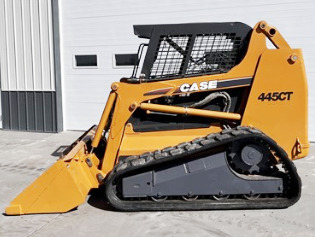 445CT
445CT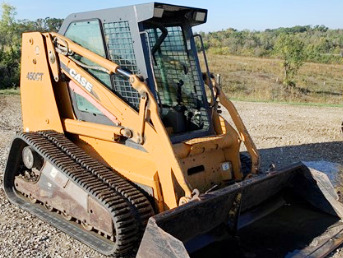 450CT
450CT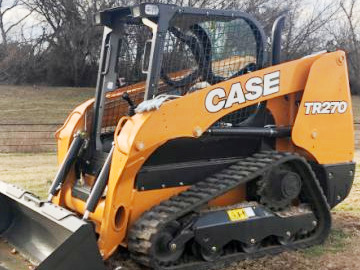 TR270
TR270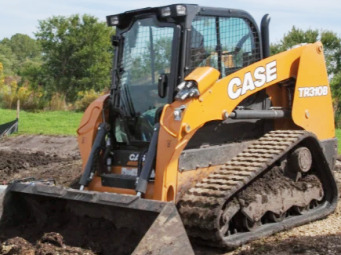 TR310B
TR310B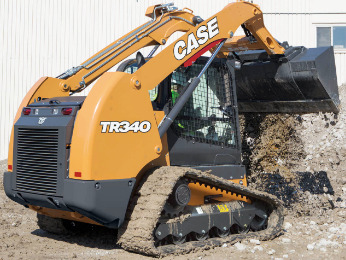 TR340
TR340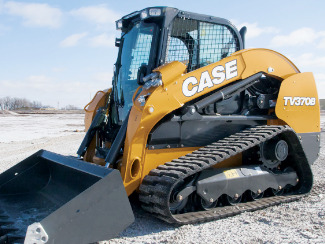 TV370B
TV370B